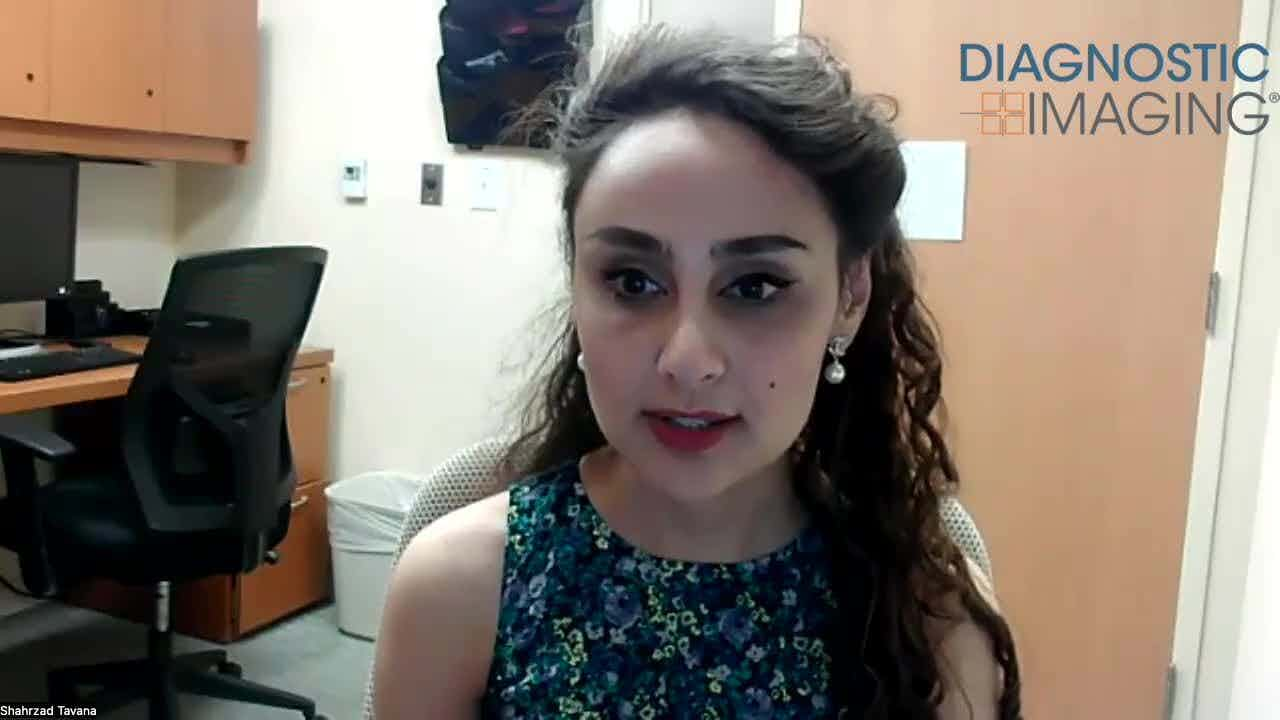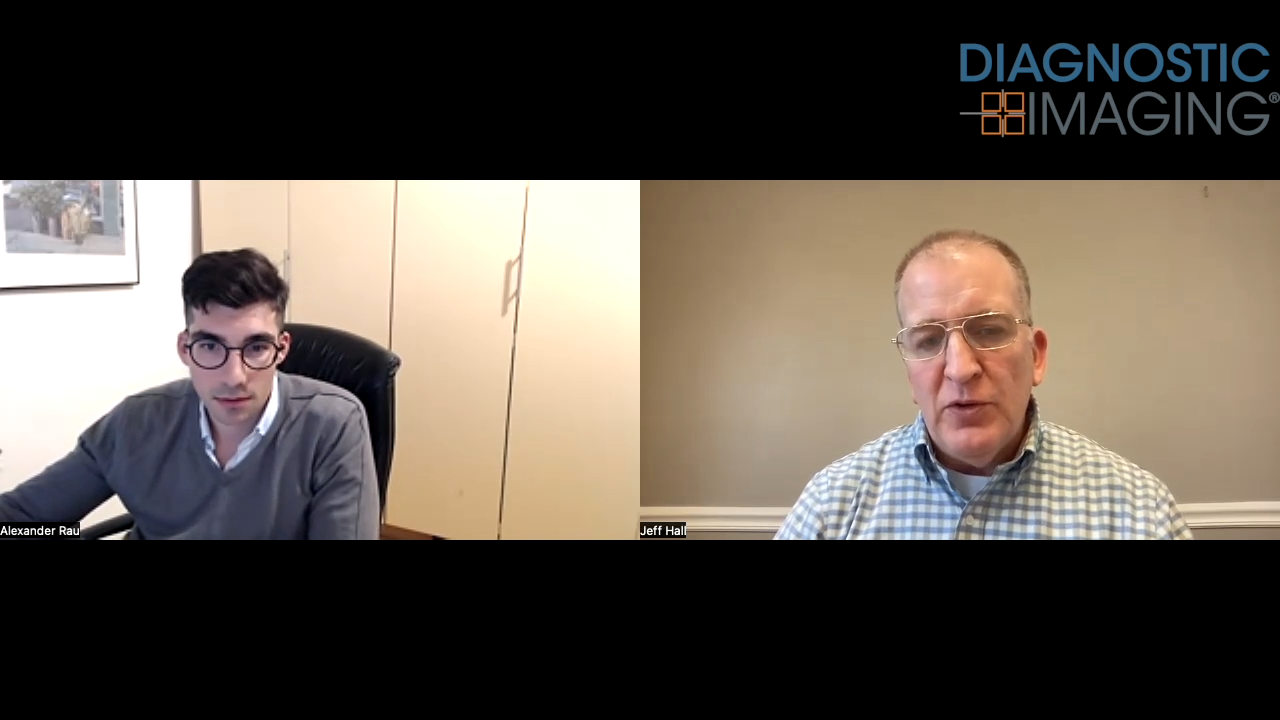Schizophrenic patients who hear voices demonstrate abnormalities in voice-processing brain regions
MRI has helped researchers identify structural and functional abnormalities in the brains of people experiencing schizophrenic auditory hallucinations. The defects clustered in areas of the brain responsible for processing voices.
MRI has helped researchers identify structural and functional abnormalities in the brains of people experiencing schizophrenic auditory hallucinations. The defects clustered in areas of the brain responsible for processing voices.
Dr. Luis Martí-Bonmatí, chief of MR, and colleagues at Dr. Peset University Hospital in Valencia, Spain, imaged the brains of study participants as they listened to a recording of either neutral or emotionally charged words that are frequently heard by psychotic patients with auditory hallucinations.
Compared with 10 healthy subjects, 21 participants diagnosed with schizophrenia revealed brain image irregularities. In this group, brain function was marked by an increased hemodynamic response in the temporal lobe. Structurally, gray matter volume in auditory processing regions was lower.
"The results showed that, in this group of patients, there are abnormalities in a specific area related with our capacity to process human voices," Martí-Bonmatí said. "The principal advantage of our study is to combine, for the first time, functional and structural abnormalities in a very well defined subgroup: patients with chronic auditory hallucinations."
Highlighted areas in functional MR coincidence maps indicate increased activation associated with emotional auditory stimuli and decreased gray matter volume. Yellow areas represent greater values for functional and morphometric statistical source images. Selected clusters can appear in white matter by means of partial volume effects after spatial smoothing. (Reprinted with permission of Radiology)
Although the researchers expected a relationship between structural and functional aberrations, they were surprised to find so many coinciding areas that followed the same pattern: structural reduction of gray matter volume and functional overactivation.
The coinciding areas included large clusters in the left and right middle temporal and left and right superior temporal gyri and smaller areas in the left posterior and right anterior cingular gyri, left inferior opercular frontal gyrus, and right middle occipital gyrus.
The authors suggest that overactivation and corresponding gray matter deficits in the limbic and frontal brain of schizophrenics reflects a dysfunctional emotional response to spoken words. The study was published in the August issue of Radiology (2007;244:549-556),
These results point to a promising future for the use of MRI in the treatment of schizophrenia, according to Martí-Bonmati. With the potential to visually pinpoint abnormalities, MRI could prove useful as a diagnostic and follow-up tool to evaluate treatment for people with the disorder, which is characterized by hallucinations, delusional thoughts, paranoia, disorganized thinking, and other cognitive difficulties.
Approximately 1% of the world's population suffers from schizophrenia, according to the National Institute of Mental Health. Although it is treatable, the condition is not curable.
The researchers hope their findings will stimulate research aimed at identifying a visual diagnostic marker for the disease.
"We believe that understanding the neural abnormalities responsible for the pathogenesis of schizophrenia requires a precise determination of the extent and distribution of abnormalities in both brain anatomy and function. The MR coincidence map approach progresses in this direction," Martí-Bonmati said. "Using MRI to mark brain regions that are affected in both structure and function will help pinpoint specific abnormalities associated with the disease and ultimately enable more effective treatment."
For more information, refer to these articles from the Diagnostic Imaging archives:
Report from SNM: Hybrid PET/MR imaging of brain debuts at annual meetingBrain imaging specialists concentrate on connectivity, activation, and microangiopathiesMultiple modalities explore schizophreniaMRI reveals early brain changes linked to schizophrenia
Can Abbreviated MRI Have an Impact in Rectal Cancer Staging?
April 4th 2025Abbreviated MRI demonstrated a 95.3 percent specificity for rectal cancer and provided strong agreement with the full MRI protocol for T staging and detection of extramural venous invasion, according to newly published research.
Can Photon-Counting CT be an Alternative to MRI for Assessing Liver Fat Fraction?
March 21st 2025Photon-counting CT fat fraction evaluation offered a maximum sensitivity of 81 percent for detecting steatosis and had a 91 percent ICC agreement with MRI proton density fat fraction assessment, according to new prospective research.










